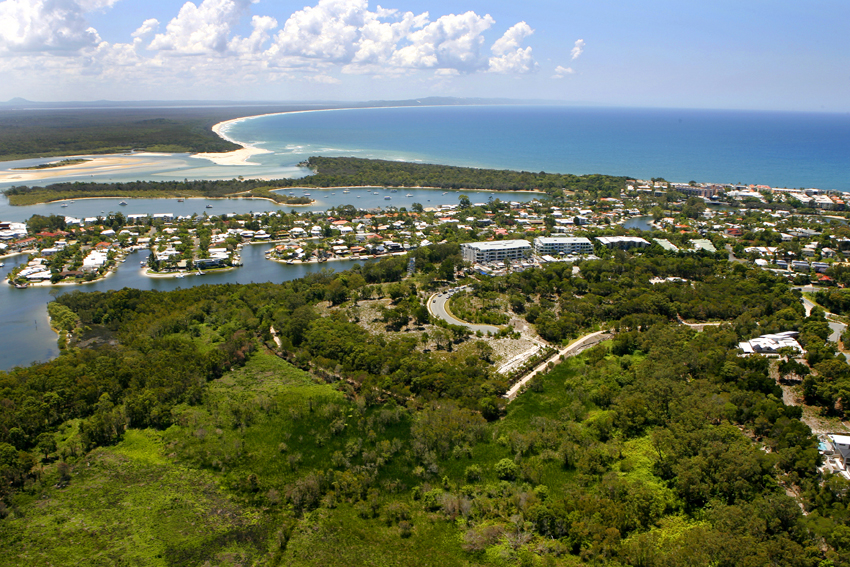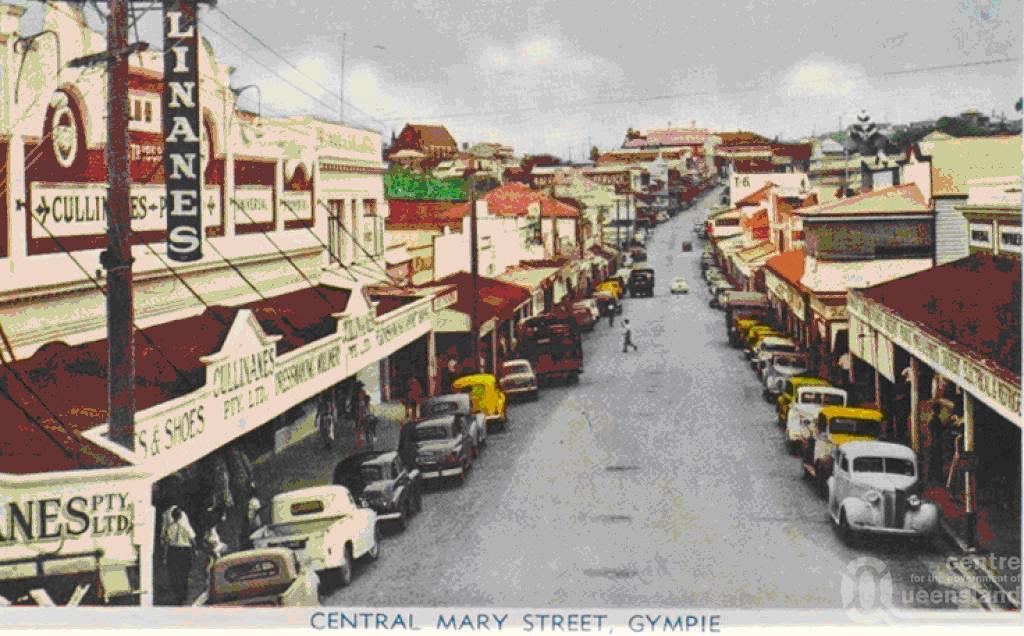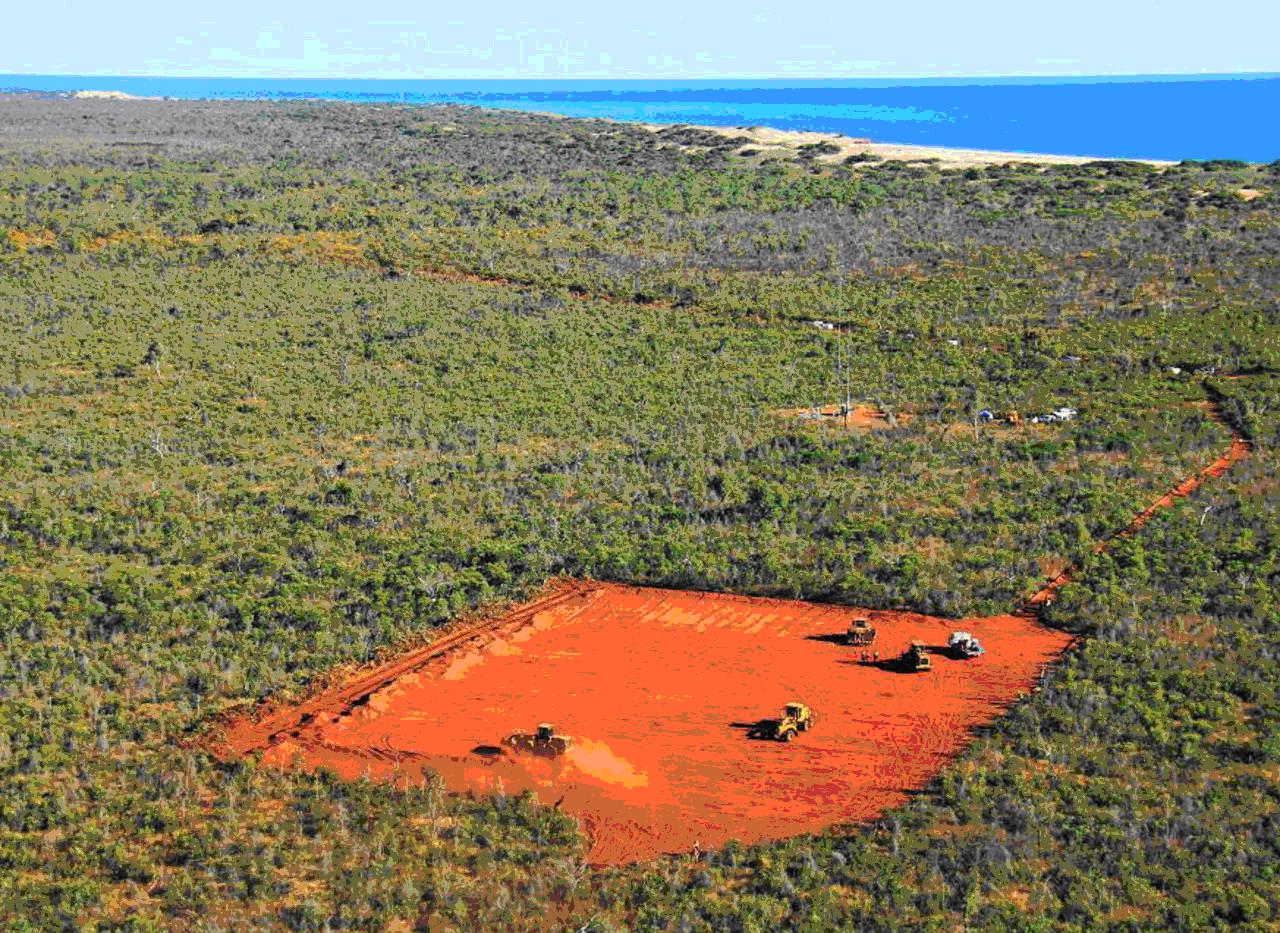State Assessment Fees to follow “cost-recovery” model
Developers proposing to undertake development requiring extra assessment by the State will incur a higher fee from July 2014 under a planned “cost-recovery” model released by the Queensland Government in February. Some aspects of development in Queensland are considered to warrant the assessment against interests of the State, for impacts chiefly upon their assets such as roads, railways, national parks, environmentally sensitive areas, waterways, agricultural land suitability, and vegetation management. Any application made to a Local Council for a land development, if it is of interest to the State, currently gets referred to the relevant State Department for assessment, through the State Assessment Referral Agency.
The fees for this assessment currently vary, with some assessments priced at zero, and some in excess of thousands of dollars. In order to recover approximately 64% of costs ($25.3 million) for its assessments of development applications, the State is proposing that no assessments will continue to be priced at zero, and the existing fee structure recorded in Schedule 7A of the Sustainable Planning Regulation will be overhauled. The Consultation Regulatory Impact Statement proposes that a weighted fee is to be applied, based upon the time it takes for the State to typically make each certain type of assessment. There are to be five fixed fee levels, with the base fee at around $700, and the maximum fee at around $11,000.
What does this mean for developers of land in Queensland? In most cases, it means that it will cost more to undertake any type of development involving the State as a concurrence agency. This has a variety of implications, but typically it would seem that smaller developments that inconsequentially trigger State assessment stand to suffer the most from this policy, due to a high cost relative to their development’s returns. That being said, the State is proposing that for some potential impacts, a quick assessment of likely impacts can reduce fees. If a no impact is likely, the fee is applied as cheaply as possible (between $700 and about $2500), but for high likely impacts, fees can be as high as about $11,000.
The most frequently referred State agency for development assessments is the Department of Transport and Main Roads (DTMR). This referral currently has an assessment fee priced at zero, and can be implicated with many small but also some large developments, based upon their proximity or likelihood of impacting State transport networks (mainly roads). For the estimated number of assessments in 2014-15, referrals to DTMR account for approximately 36% of the 7040 assessments. It is considered that much of the assessment revenue would therefore come from triggers relating to DTMR and State-controlled roads, at the cost of the applicant.
It is worth noting that this assessment fee may be in addition to requests for certified reports by consultant Engineers, Scientists, or other suitably qualified persons. This isn’t a new occurrence, and has been a shift in the last couple of years, which acts to further complicate the process for anyone wishing to do their own development assessment.
The State’s policy does mean that those wishing to profit from the development of land will wear a more equitable share of the costs; a cost that taxpayers had previously borne. This is an ethical and logical step. The policy in it’s current form isn’t without potential issues however, including chiefly the basis of the cost being for the historic time it takes for the State to make it’s assessment on certain matters. These times fluctuate for a variety of reasons; individual assessor performance, change in policy, and difficulty of assessment due to the non-local base of assessor or non-technical base of the assessor. Further, it is suggested that a Risk-SMART type arrangement would provide further equity for developers who engage experienced consultants, who prepare reports and plans which significantly reduce the time and complexity of the State’s assessment.
The most encouraging section of the policy is the Government’s aim to continually review the fee structure; to ensure that any issues arising from the framework are addressed and any bumps ironed out. The Government is obviously hoping it’s already got the balance right between cost and outcome, though the fee for some assessments might still be hard for some applicants to swallow, particularly small developments where the trigger for assessment has arisen from what may be perceived as a trivial or inconsequential matter.
If you’re considering a development that you believe may implicate a State assessment, it may be best to consider going ahead with the development now to avoid a potential rise in referral costs. Please contact us for a site-specific assessment, and we can advise on what the potential difference in costs may be.



